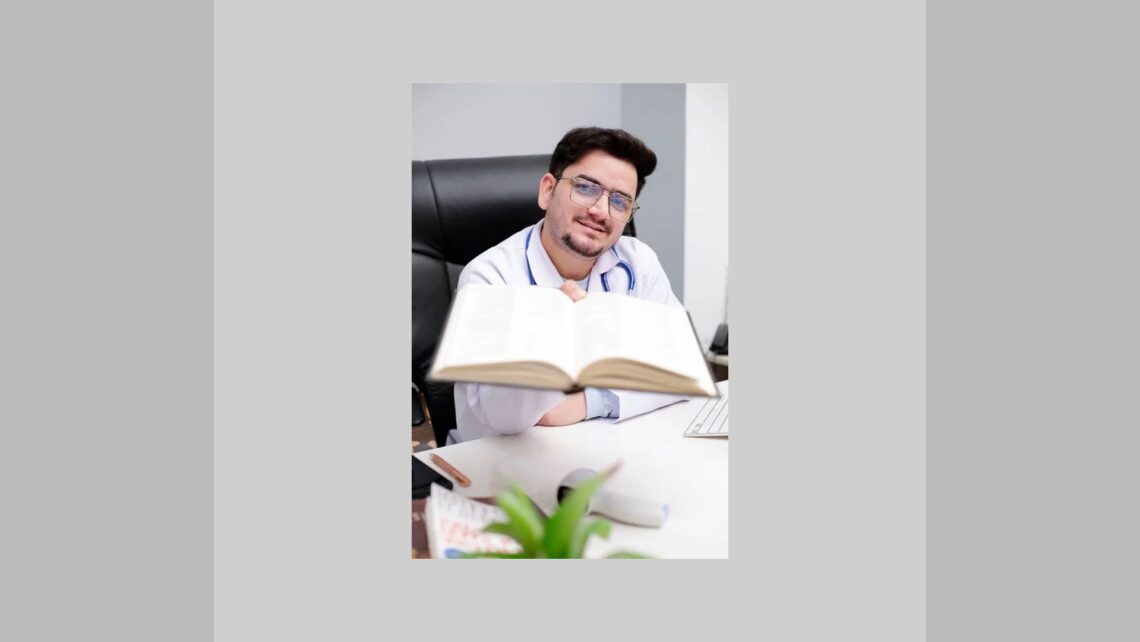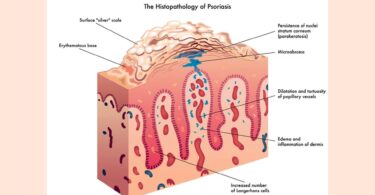This female client was 37 years of age when seen in November 2006.
P: patient; H: homeopath
P: I’m waking up nauseous in the mornings. Over the past three months, it happens for about a week in the month. I’ll be nauseous and retching in the beginning of the week, and then I’ll feel more queasy. In the past I had a five-month stint of nausea and vomiting every morning.
The nausea is a real unsettled, wavy feeling; I feel repulsed by food or drink. My insides are all disturbed; it’s not the normal feeling of settled or feeling hungry. I feel like everything’s unsettled.
H: What else about the feeling of “unsettled”?
Instead of the feeling of solidness, goodness, wholeness and health I normally experience, there’s a feeling of weakness and strain. The body’s trying to cope; there’s an inability stemming from weakness.
On mild mornings I tend to push through it. I’m much more emotional when it hits. I’m struggling with depression about it.
I feel more anxious after the nausea hits; something comes to mind and I feel the weakness. ”’How can I do that? How am I going to be able to do that?’ I’m put into a helpless state. The nausea is connected with a feeling of ‘I can’t do any of this; I’ll have to depend on others’.
There’s a feeling of weakness” ‘I can’t do this and I need help’. I’ll feel angry, confused, down, depressed, helpless.
H: What’s the opposite feeling?
P: The opposite is that on good mornings, I feel ready for the day. There’s a lot to accomplish; I’m happy, industrious. I’m ready to get things accomplished. I feel peaceful, settled. I feel solid, helpful, whole. It’s a solid, strong, sound feeling vs. an empty, wavering, unsettled, unsure feeling. It’s like solid wood through and through. There’s a quality about it, instead of a veneer.
I want to feel a calmness, a solidness instead of wavering. I want the peace, solidness, wholeness restored. Instead I feel unsettled, wavering, like I’m not going to make it. I’m by myself in a rough, rugged, cold place. I’m feeling on the edge; there’s no help, it’s not safe. I’m hanging on. There are other factors, forces, like cold, harsh wind; the environment is working against my safety.
H: Can you describe more about the hanging on?
P: There’s a feeling of determination, that I will persevere. I can do this, as long as it takes, through whatever. I desperately want to be safe. I’m going to fall if I don’t hang on. There’s a sense of being up high and I’ll fall down.
I’m holding on, but that’s not what’s really holding me there. I’m held there, and yet I’m clinging. There’s an underlying, sustaining undergirding. It’s like a parent holding and carrying the full weight of the child. There’s a sense of enveloping all around. It’s strong and unfailing.
But then there are things that are being beat up from the outside. These circumstances are so hard, painful, aversive; they’re hard and undesirable and I want to be elsewhere.
It’s like a rooted tree when the winds come. There’s a picture of strength, like an oak. The strength comes from being rooted. It’s like a tree in the storm; the tree is rooted in the earth. The earth is stabilizing and nourishing. The tree has to be deep, rooted in. The deeper it can be, the stronger it can be. A tree that’s not real rooted looks like this: (wavering gesture with hand).
A tree that’s not rooted deeply enough snaps in a storm. It can get diseased; it’s weaker and more susceptible to things. A tree that’s rooted has longevity, wholeness. The deeper the roots, the less are the effects of outer circumstances.
H: What type of tree has these qualities?
P: It’s like a tree that’s neither alone or in a forest. It’s a strong tree like a big shady oak.
H: What were things like growing up?
P: Growing up, I had to be strong. I was an only child. I like very much to be strong. I have to be strong to care for my children. I want to be strong, dependable, sheltering, nurturing.
During the time I was in high school and college, there were lots of things going on with my mother. She’s a broken person. I had to be strong for her, loving her through that time.
H: Do you have any strong dreams or recurrent dreams?
P: I have a dream where I’m aware of a perceived risk or danger for my children. I’m the parent; I can protect them. I’m the responsible, strong one.
ANALYSIS:
The main themes in this history include feelings of unsettled nausea and weakness, and the relationship of those symptoms with her desire to feel strong. She becomes anxious and depressed with feelings of weakness or incapacity, with difficult life circumstances like the environment working against her, potentially uprooting her or otherwise weakening her. She compares her experience of strength with being rooted, and she feels she’ll ultimately persevere and endure. She further describes this experience as that of the oak tree which provides shade for others.
PLAN:
The patient was given Quercus robur LM 2, taken daily until symptoms subsided. The nausea gradually resolved over the ensuing two weeks, and resolved completely after starting an LM 3 one month after the initial appointment. She reported improved energy and well-being, and was more comfortable accepting and receiving help from others. She’s needed no further repetition since that time.
Although nausea is a physical symptom known to be helped by quercus robur, a more complete mental/emotional picture has been outlined by Bach.
FROM BOEDLER’S BACH REMEDIES:
DOCTRINE OF SIGNATURES: The sturdy English Oak, which is used for this remedy, is known for its stately growth and beautiful, durable wood which has been used extensively for building and paneling. This wood, as the person in the Oak state, is reliable and strong but also somewhat rigid and hardened. The tree has the tendency to grow tall and wide and reach a very advanced age; even when the first decay appears, leaves will struggle to form and renew the life cycle, just as the Oak mentality endeavors to never give up.
Oak trees are rich in nourishment and shelter; they sustain many life forms in their vicinity and, through one of their species, even give “food” and sustenance to the work-oriented human mentality. The tree’s richness also expresses the human reliability and loyal tendency to support others, as portrayed in the Oak mentality.
MIND: In the Oak state, the mind is bent on perseverance in life’s duties, even though strength and vitality may be failing. Or there may be unceasing disappointments or lack of rewards despite efforts made, and still the Oak person does not give up but resolves to struggle on with great strength of will and ever renewed hope.
EMOTIONS: In the Oak state, emotions may be held at bay, as one struggles to uphold one’s duties and loyalty. Emotions, if engaged in, are considered as disturbing to the routine and resolve of willpower, especially if they are related to self-pity, discouragement, selfishness, or longing for amusement and rest. This lack of pampering of the self leads to the typical Oak stoicism, as one rules oneself with an iron fist. Although there is satisfaction and personal pride obtained from self-discipline, vital emotional and physical needs are not met, and despondency and despair may grow from such suppression, especially if there is additional lack of progress or failure to achieve satisfying rewards in one’s work.
# # #
David A. Johnson CCH, RSHom (NA) is a certified classical homeopath and professional member of the North American Society of Homeopaths. He completed his homeopathic training at the International Foundation for Homeopathy and the Northwestern Academy of Homeopathy. He taught clinical medicine at the University of Wisconsin and Augsburg College Physician Assistant Programs, and is an instructor at the Northwestern Academy of Homeopathy in Minneapolis. E-mail [email protected].





Hi David,
I have just noted your case presented. I am a little concerned as the title suggests that this was a case solved using the sensation method, infering the method outlined by Rajan Sankaran.
However, on examination it seems this was solved using the doctrine of signatues, which is not the sensation method. Some critcs of his method have tried to align it with dosctrine of signatures as an argument against it. If fact, Sankaran has gone to some length to explain this.
Perhaps you have not given a full explanation of your analysis, buy if so, could you please explain where the senstation is in this case.
regards,
Paul
Thank you for the question, Paul. Regardless of the method, we’re ultimately working to understand an imbalanced energy state, revealed through the client’s gestures and words symbolic of their state. So when writing up a sensation case, it’s difficult to convey the ever-deepening experiential state which the client communicates during the course of a two hour interview. Certainly much of my open-ended prompting (e.g., can you describe more about this experience?) was omitted in the write-up, but the prompting was nevertheless engaging with the deepening description of her experience, not her story.
The client in this case was moving ever more deeply into her experiential state, and eventually used a spontaneous wavering hand gesture to describe a compromised state. She articulated a polarity of experience between strength and weakness, and while she could have used many other analogies, her spontaneous gesture was used in conjunction with the terms rooted vs. not rooted, etc. Early on in the history, such words may have been understood as figures of speech, but much further into the history, the depth of her experience–difficult to convey through the written word–led directly to the remedy source in nature.
would be helpful if you can mention how was the patient after 1 year, 2.. 3… long term outcome/prognosis is the main concern in healing process.